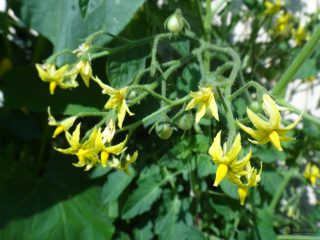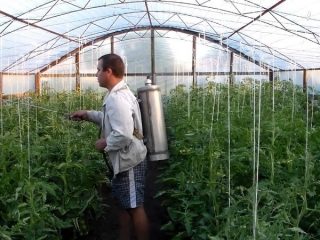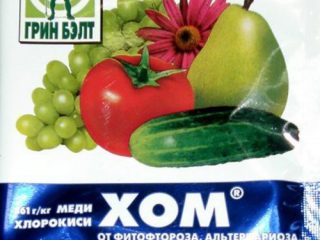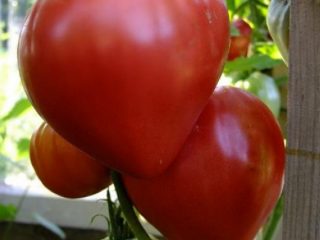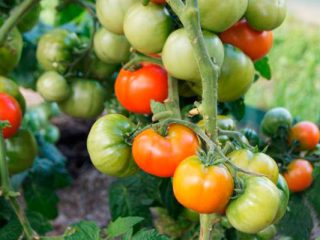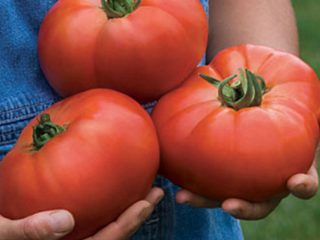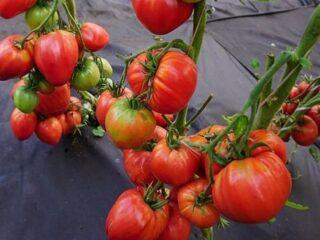Content
The Kulema tomato was developed relatively recently, but is already appreciated by gardeners as a promising variety. It is resistant to temperature fluctuations, easy to care for, rarely gets sick and is almost not damaged by pests. Its beautiful fruits with sugary pulp deserve special attention.

Tomatoes have their own subtleties of cultivation, which are worth knowing about for those who decide to plant the variety on their site.
History of appearance
Despite the fact that the Kulema variety is a new product on the Russian market, it has managed to fall in love with many summer residents and vegetable growers. Tomato has not yet been included in the State Register of Vegetable Crops, and all information about it is based on reviews from gardeners.
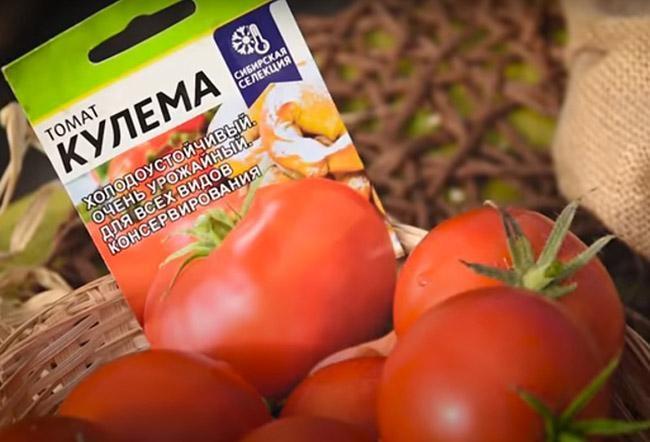
The tomato was bred by the agricultural company Seeds of Altai as part of the Siberian Selection project.
Description of the tomato variety Kulema with photo
Kulema is a mid-season tomato variety of determinate type.It is distinguished by original external features:
- The average height of bushes in an open garden bed is 65 cm. In a greenhouse they reach their maximum height of 95 cm. Usually at 9-12 brushes their growth stops. They grow short and compact.
- The bushes are heavily leafy. The leaves are arranged oppositely. The leaf blades are large, smooth, dark green in color, similar to potato ones.
- Inflorescences are complex. Arranged in pairs at a distance of 1-2 sheets. Therefore, tomatoes ripen together and almost simultaneously. One fruit cluster can contain 5-8 fruits.
- The tomatoes are medium-sized, each weighing 170-250 g. They are flat-round in shape and slightly ribbed, smooth, bright red in color.
- The skin is dense. The fruits do not crack. In the phase of full biological maturity, they can fall off the bushes themselves.
- The taste of tomatoes is sweet and sour. The pulp is fleshy and juicy, with a strong aroma.
- There are 2-4 small seed chambers inside. The seeds are not large.
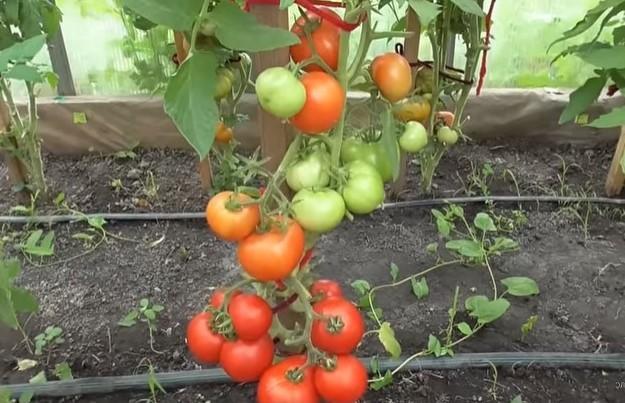
The variety received its popular name due to its unkempt appearance during the fruiting period.
Characteristics of the tomato variety Kulema
Although the Kulema variety has been little studied, its main characteristics are known. It is thanks to them that it is in demand among Russian gardeners. Judging by the reviews, it is clear that the tomato has high resistance to fungal and viral diseases and is adapted to low temperatures.
Ripening and yield of Kulema tomato
Kulema is considered a mid-season variety. From the moment of planting to harvesting, approximately 110-120 days pass. The fruiting period is long.Typically, the harvest season begins in September and continues until late autumn.
Yield indicators are assessed as average. Gardeners collect 2.5-3 kg of fruits from one plant.
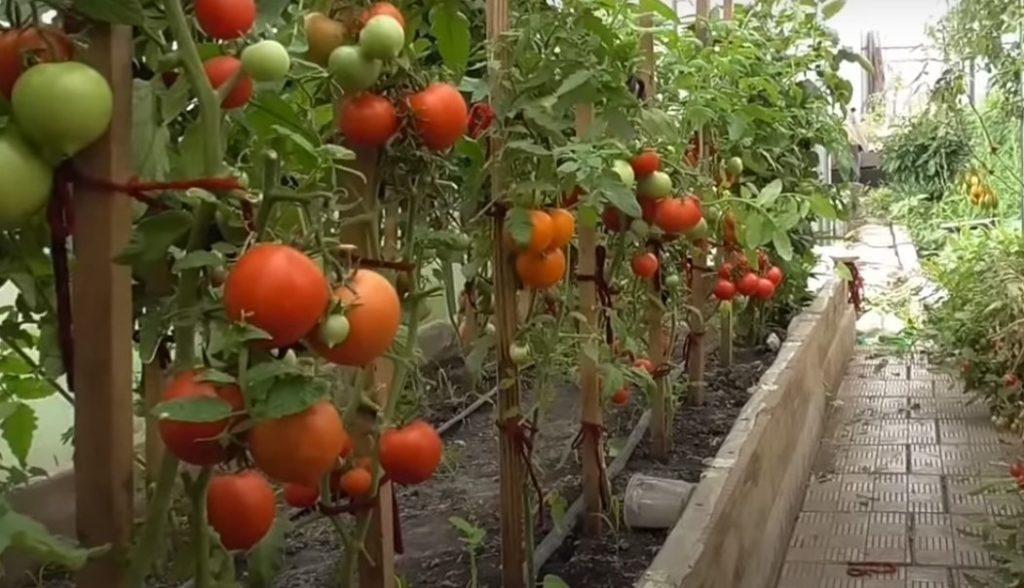
To speed up ripening, you need to reduce watering, and then gradually reduce it
Resistance to diseases and pests
Kulema is endowed with strong immunity and rarely gets sick. Preventive measures help maintain high tomato resistance to diseases and pests.
The immunity of the variety may be reduced due to a lack of magnesium. Tomato internodes turn yellow. To return the plant to its normal appearance, you need to fertilize it in the form of magnesium sulfate. The solution is prepared in the following ratio: 1 tbsp. spoon for 10 liters of warm water. Water at the rate of 3 liters of solution per plant.
Growing regions
The entire territory of Russia is suitable for growing the Kulema variety. Weather conditions do not deteriorate the volume and quality of the harvest, because the tomato is tolerant of sudden temperature changes.
Methods of application
Kulema is a multi-purpose tomato variety. Tomatoes are eaten fresh and used to make juices, sauces and twists. You can dry tomatoes to provide yourself with vitamins for the winter.
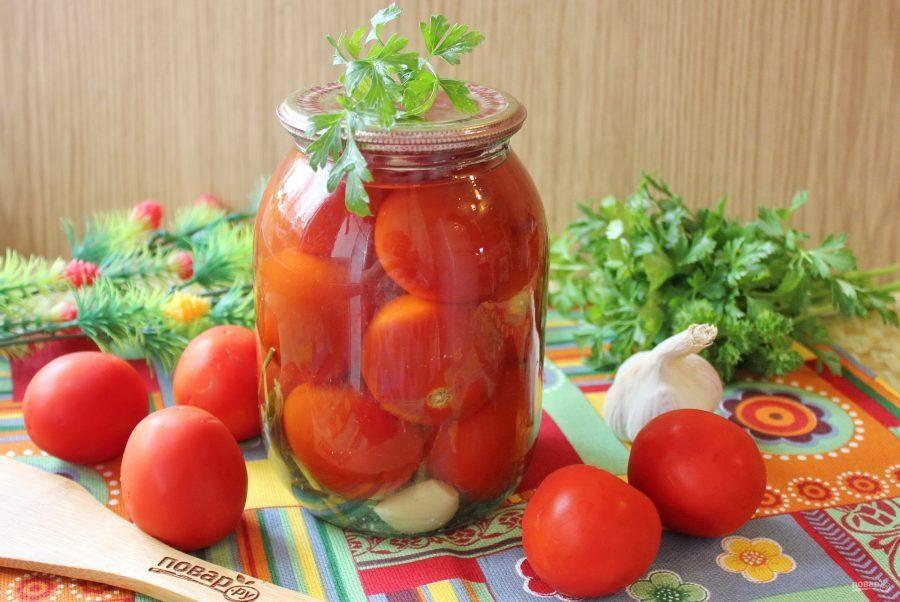
Tomatoes have a high shelf life and become sweeter and more aromatic after storage.
Advantages and disadvantages of Kulema tomato
Kulema tomatoes, according to the description, have almost no flaws.
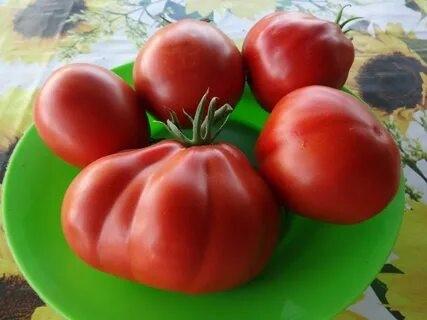
Everyone who has already cultivated the variety on their own plot notes its unpretentiousness.
Pros:
- keeping quality;
- good resistance to diseases and pests;
- friendly ripening of fruits;
- versatility of application;
- resistance to temperature changes;
- the ability to maintain productivity even under unfavorable factors.
Minuses:
- low transportability;
- thickening, which often causes the appearance of blossom end rot, late blight, and blackleg.
Landing rules
In the middle zone, Kulema tomatoes are planted in open ground at the end of May or early June, when the risk of return frosts has passed. The seedlings are transferred to the greenhouse in mid-April. For other regions, the deadlines are shifted by about 2-3 weeks (in the north - forward, in the south - back).
Before planting seedlings, the area is prepared. To begin with, they dig up the earth, uproot the roots of perennial plants and loosen them well, breaking up large clods of earth with a shovel. To make the soil more fertile and slightly acidic, some rotted manure and dolomite flour are added to the digging.
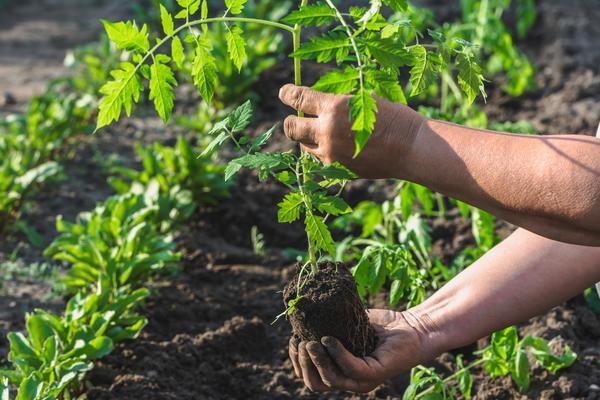
Form holes up to 10-15 cm deep and up to 20 cm wide
Planting pattern:
- Low-growing tomatoes are planted at a distance of 20 cm from each other. The bushes are planted in rows, maintaining a distance of 60 cm between them.
- Mineral fertilizers are placed at the bottom of the holes and mixed with soil so that the roots do not get burned.
- The seedlings are watered and freely removed from the pots.
- The seedlings, together with a lump of earth, are placed in the holes.
- The stem is tilted to the side and watered. Then they sprinkle it with earth, trying not to leave any voids.
- The tree trunk circle is compacted.
Care instructions
The Kulema tomato variety is unpretentious in care, but is demanding in terms of growing conditions.For good growth, bushes need prolonged lighting as well as ventilation, especially when they grow in a greenhouse.
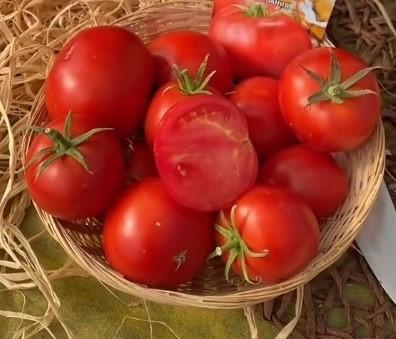
Compliance with classical agrotechnical rules guarantees a good harvest
Kulema is a moisture-loving variety, but it does not tolerate waterlogging. It is important to follow watering norms so as not to over-moisten the soil, as this will lead to shedding of flowers and ovaries. In the worst case, the plant will die.
After planting, the seedlings begin to be watered only after 1.5 weeks, pouring about a liter of water under each. Watering is carried out once every seven days. During the period of fruit ripening, the plants are watered once every five days, pouring about five liters of water under the root.
After watering, the soil is loosened. The procedure helps retain moisture in the soil and improve the flow of oxygen to the roots.
Tomatoes love nitrogen fertilizers. By receiving this substance in the required quantity, the bushes become green and lush. The main thing is not to overdo it, otherwise they will “fatten” and produce a meager harvest.
At the stage of fruit ripening, fertilizers containing phosphorus are applied. When tomatoes receive enough of this substance, they bear juicy and sweet fruits.
Is it necessary to plant the Kulema tomato?
Kulema gets along just fine without pinching. This feature of the tomato frees the gardener from the tedious procedure of removing side shoots.
Formation of a Kulema tomato bush
The formation of tomato bushes helps to increase the yield of the Kulema variety in the greenhouse. This procedure is performed in the classical way using 2-3 barrels. The central stem and two lower lateral shoots extending from it are left on the bush.
Pest and disease control
In general, Kulema is resistant to diseases and pests. However, abundant watering and weather conditions can weaken the immunity of the tomato. In this state, it is susceptible to rot and fungal diseases.
Conclusion
The Kulema tomato often forgives summer residents mistakes in care due to its tolerance to adverse factors. The variety is easy to care for. He is very responsive to care and gives red sweet fruits.
Reviews from gardeners about Kulema tomato
